Châtaigne (샤떼뉴)
10.0Km 2021-12-29
19, Samcheong-ro 5-gil, Jongno-gu, Seoul
+82-2-736-5385
Châtaigne is a French restaurant housed in a charming hanok (traditional Korean house) that was remodelled to accommodate dining tables and chairs. Châtaigne uses seasonal ingredients to create a simple and unique French course meal.
Tongdwaeji Duruchigi (통돼지두루치기)
10.0Km 2021-03-18
252-6, Jong-ro, Jongno-gu, Seoul
+82-2-2266-9290
This is a Korean cuisine located in Dongdaemun Gate, Seoul. It is also famous for uruchigi (Korean bouillabaisse) made by stir-frying pork and vegetables in gochujang (red pepper paste) sauce. The best menu at this restaurant is pork and kimchi stew.
Artbox - Guri Branch [Tax Refund Shop] (아트박스 구리)
10.0Km 2024-04-19
A section and 2F, 247, Gyeongchun-ro, Guri-si, Gyeonggi-do
-
Olive Young - Guri Station Branch [Tax Refund Shop] (올리브영 구리역)
10.0Km 2024-04-18
247, Gyeongchun-ro, Guri-si, Gyeonggi-do
-
Olive Young - Sangwangsimni Station Branch [Tax Refund Shop] (올리브영 상왕십리역)
10.0Km 2024-04-16
382, Wangsimni-ro, Seongdong-gu, Seoul
-
Sosohan Punggyeong (소소한 풍경)
10.0Km 2024-02-20
75 Jahamun-ro 40-gil, Jongno-gu, Seoul
Sosohan Punggyeong is the first restaurant that received the restaurant guide, Blue Ribbon Survey, in Korea. It is located in a renovated house with a courtyard. They offer a course menu featuring appetizers to desserts. One of the signature dishes is the gaji jjim (spicy eggplant soup), a dish made with eggplant and meat. It is recommended to make reservations in advance, as many guests prefer to book ahead.
Seoul Public Hanok Week (공공한옥주간)
10.0Km 2024-05-24
37 Gyedong-gil, Jongno-gu, Seoul
+82-2-741-1033
The Seoul Public Hanok Week offers a full week of traditional culture at public hanok, traditional Korean buildings, throughout Seoul and Bukchon Hanok Village. Experience the beauty, charm, and history of these buildings while learning about the eco-friendly impact of their construction and methods to apply this to our modern lives.
Public Hanok Night Out (공공한옥 밤마실)
10.0Km 2025-06-10
37 Gyedong-gil, Jongno-gu, Seoul
+82-2-741-1033
Public Hanok Night Out is a special evening event that allows limited access to the nine public hanok buildings, including the Bukchon Culture Center, after sundown. The event is carefully prepared to make the hanok buildings accessible as much as possible. In addition, the event also offers a variety of programs to entertain the visitors. The event aims to raise awareness about embracing differences and diverse values during this time of ever-changing global society, as well as expand the the cultural values of hanok as something more unique.
Bukchon Hanok Village (북촌한옥마을)
10.0Km 2025-06-19
37 Gyedong-gil, Jongno-gu, Seoul
Surrounded by Gyeongbokgung Palace, Changdeokgung Palace and Jongmyo Shrine, Bukchon Hanok Village is home to hundreds of traditional houses, called hanok, that date back to the Joseon dynasty. The name Bukchon, which literally translates to "northern village," came about as the neighborhood lies north of two significant Seoul landmarks, Cheonggyecheon Stream and Jongno. Today, many of these hanoks operate as cultural centers, guesthouses, restaurants and tea houses, providing visitors with an opportunity to experience, learn and immerse themselves in traditional Korean culture. As Bukchon Hanok Village is an actual neighborhood with people's homes, visitors are advised to be respectful at all times while looking around.
Baek In-je House (백인제가옥)
10.0Km 2024-10-15
16 Bukchon-ro 7-gil, Jongno-gu, Seoul
+82-2-724-0200
Baek In-je House, located in Bukchon Hanok Village, is a hanok built during the Japanese administration period that portrays modern hanok features. The structure consists of a main room offering a good view of the whole village, spacious bedrooms, a large garden, and annex buildings. As it maintains the beauty of a traditional hanok while incorporating the modern trend of its time, Baek In-je House is considered to be highly valuable in means of both architecture and history, representing the Bukchon Hanok Village together with Yun Bo-seon House.
Baek In-je House was built from black pine, which was first introduced in Seoul during the Gyeongseong Expo in 1907, distinguishing itself from other upper-class houses of its time. Unlike other traditional hanok designs that separate the main building from the other rooms, Baek In-je House connects the two with a hallway, allowing convenient access between the two structures. The house also consists of a Japanese-style hallway and floor mat rooms, reflecting the interior trends of that period. Baek In-je House is also unique in that the main room is partially built as a two-story structure, a style that was never seen in any traditional hanok built during the Joseon period.
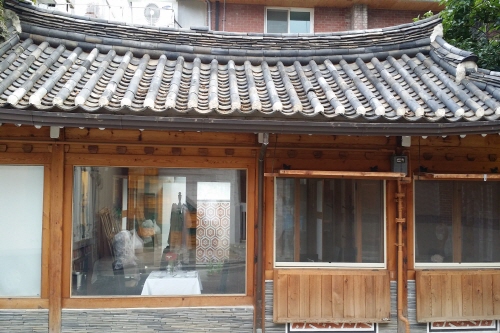
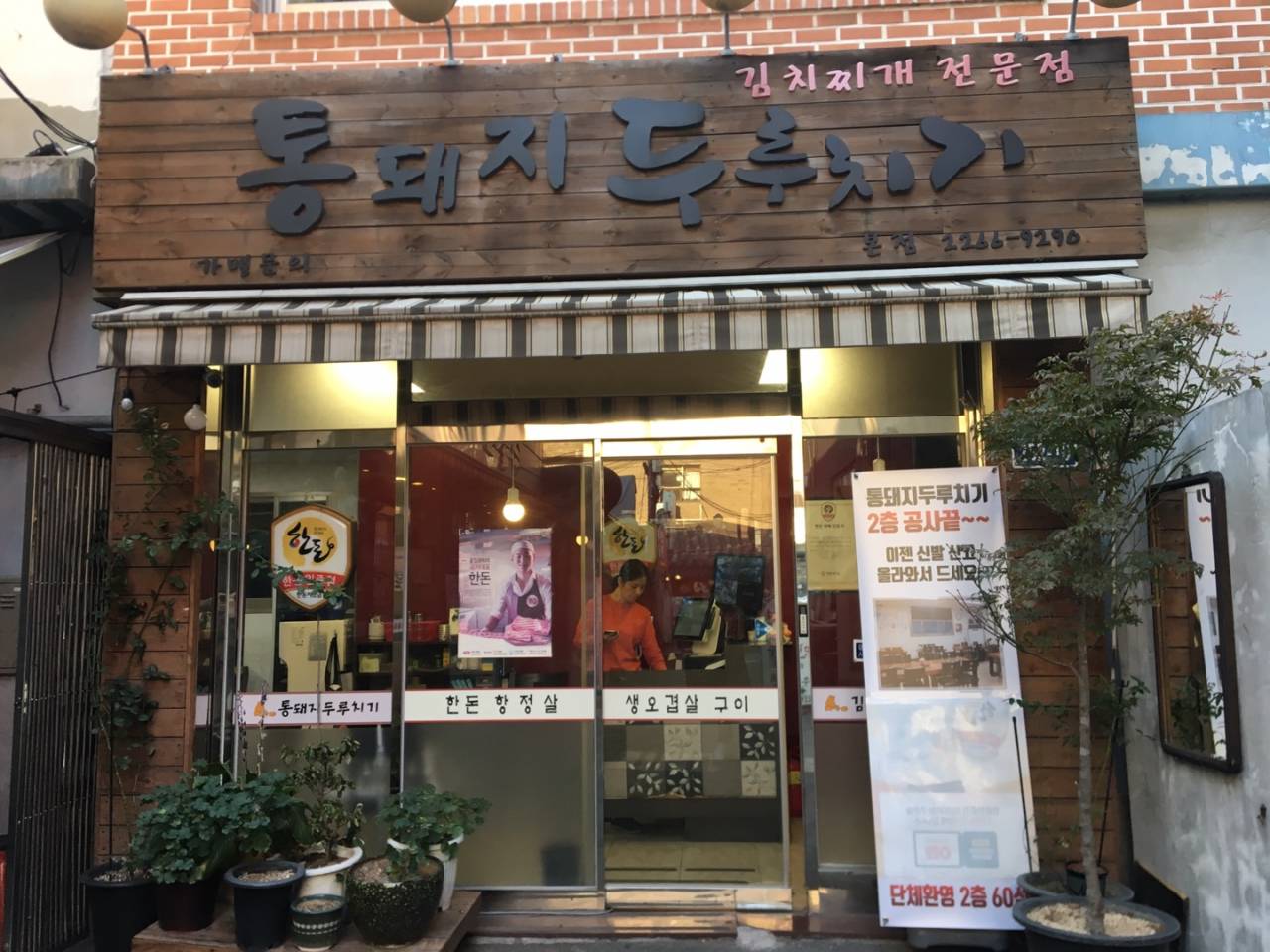

![Olive Young - Guri Station Branch [Tax Refund Shop] (올리브영 구리역)](http://tong.visitkorea.or.kr/cms/resource/63/2888663_image2_1.jpg)
![Olive Young - Sangwangsimni Station Branch [Tax Refund Shop] (올리브영 상왕십리역)](http://tong.visitkorea.or.kr/cms/resource/62/2878762_image2_1.jpg)
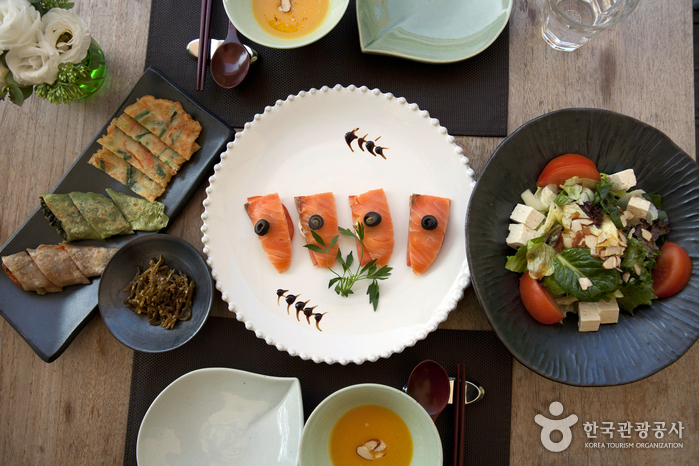
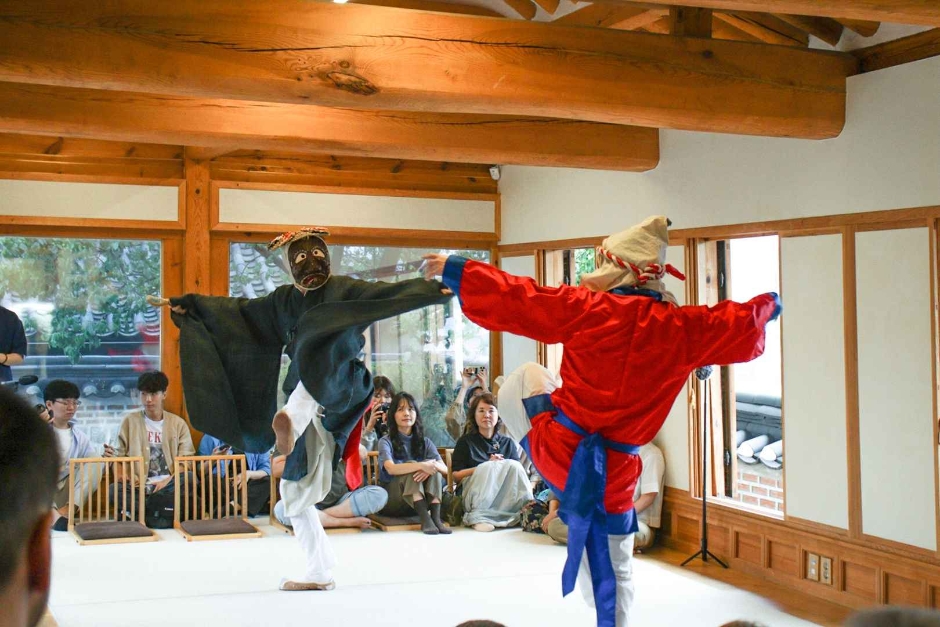
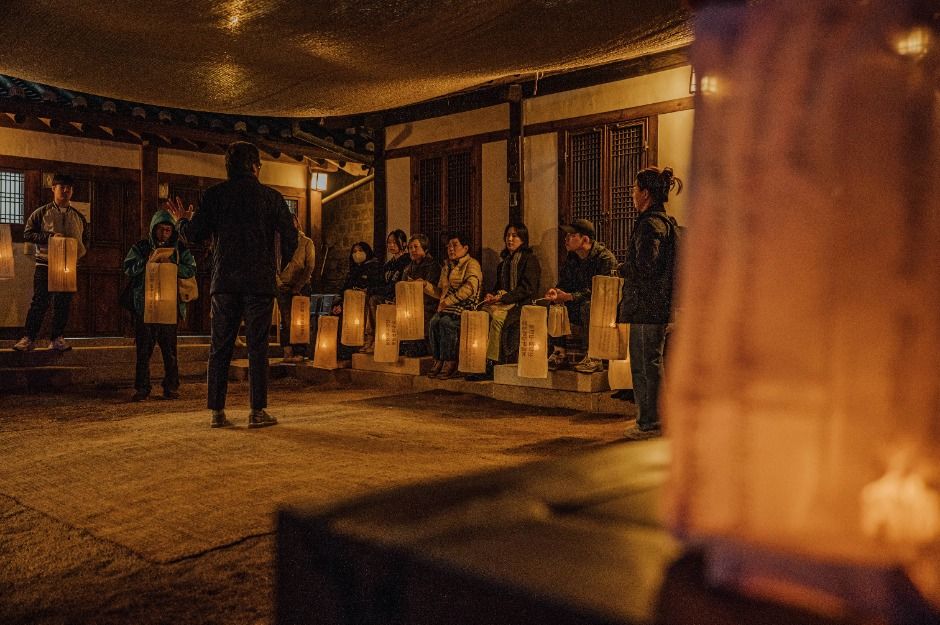
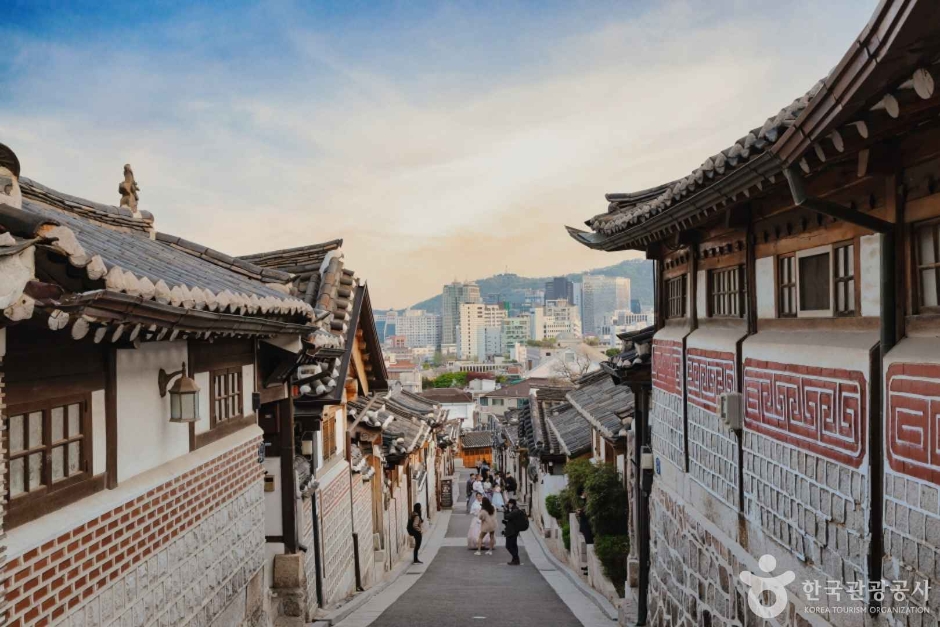
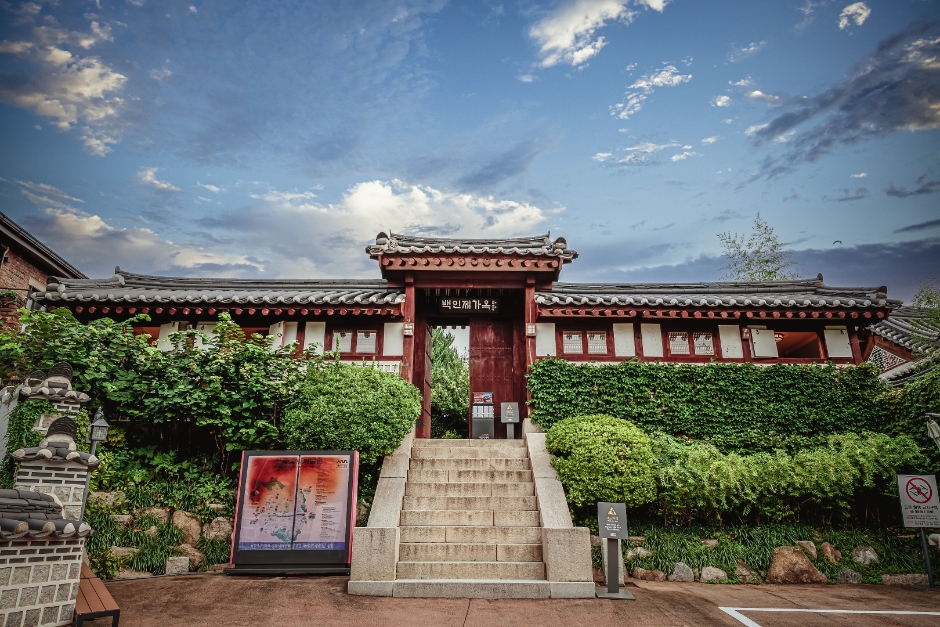
 English
English
 한국어
한국어 日本語
日本語 中文(简体)
中文(简体) Deutsch
Deutsch Français
Français Español
Español Русский
Русский